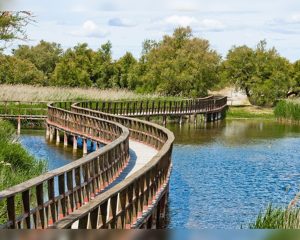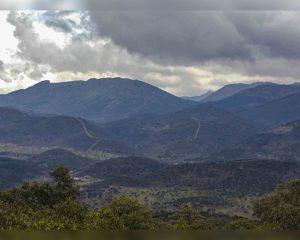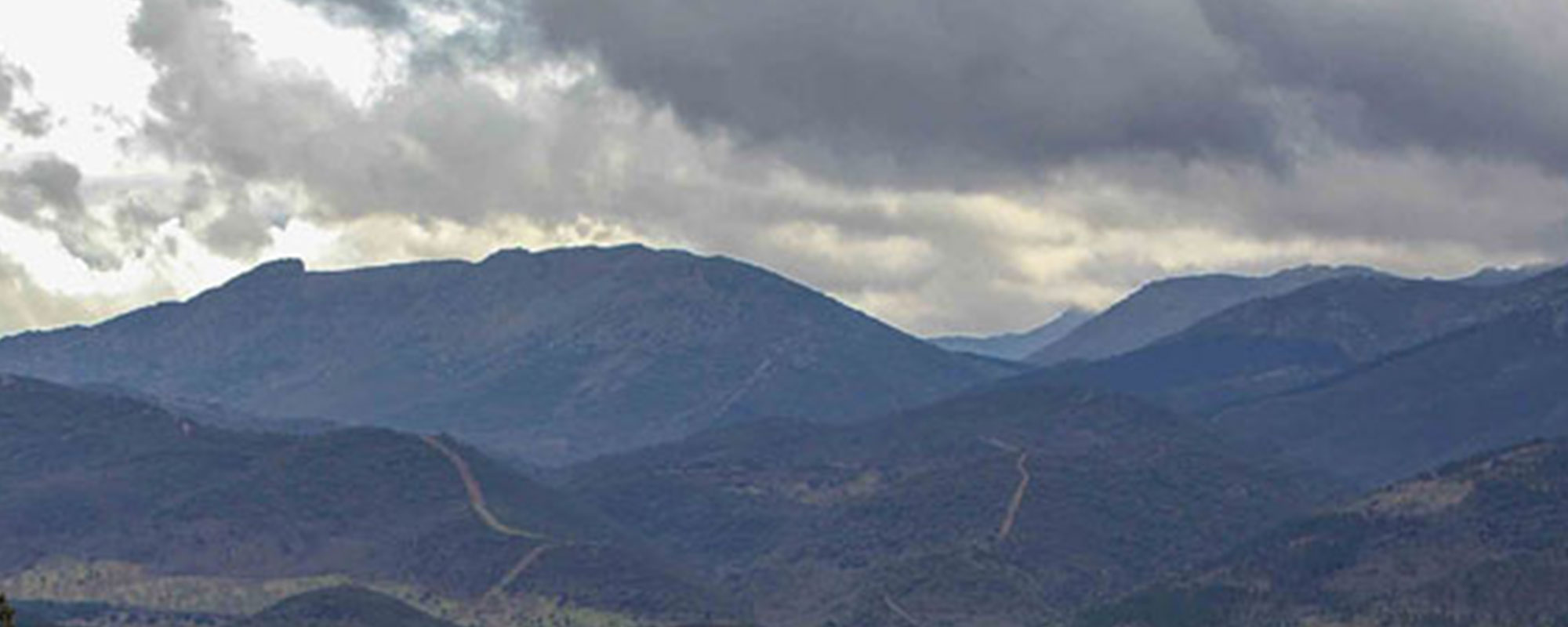
Un paseo por los parques
Uno de los motivos por el que es recomendable que vengas a Ciudad Real es para fundirte con la naturaleza recorriendo los parajes naturales que ofrecen sus variados pueblos. Sin duda alguna los más impresionantes son los dos Parques Nacionales y los dos Parques Naturales, en las cercanías de algunos municipios de la provincia. Esto es bastante increíble ya que Ciudad Real es la única provincia del país con este número de Parques incluido en su término, lo que la hace una región de interés para toda Europa.
El concepto de Parque Nacional es el de un espacio geográfico protegido debido a su riqueza medioambiental y científica por la presencia de flora y fauna autóctonas. Un Parque Natural es similar, solo que no cuenta con especies únicas, de modo que su atractivo es el entorno natural. Otra diferencia es la entidad encargada de protegerlos: los Parques Nacionales son gestionados por el Gobierno Estatal, mientras que los Parques Naturales son cuidados por el Gobierno Regional (en nuestro caso, los gobiernos autonómicos). En cualquier caso, ambas zonas son lugares de gran importancia y belleza que merecen reconocimiento y una visita para aprender un poco más sobre nuestro entorno.
Te invitamos a que conozcas los Parques Nacionales y Naturales de Ciudad Real, descubriendo su importancia, las especies que viven en ellos… Así como las diversas actividades que se ofrecen allí y que abarcan todas las estaciones del año. Se tratan del Parque Nacional de Cabañeros, en la comarca de los Montes; el Parque Nacional de las Tablas de Daimiel, en las cercanías de la localidad de Daimiel; el Parque Natural de las Lagunas de Ruidera, en las cercanías del pueblo de Ruidera; y el Parque Natural del Valle de Alcudia y Sierra Madrona, dentro de las zonas de Alcudia y Sierra Morena.
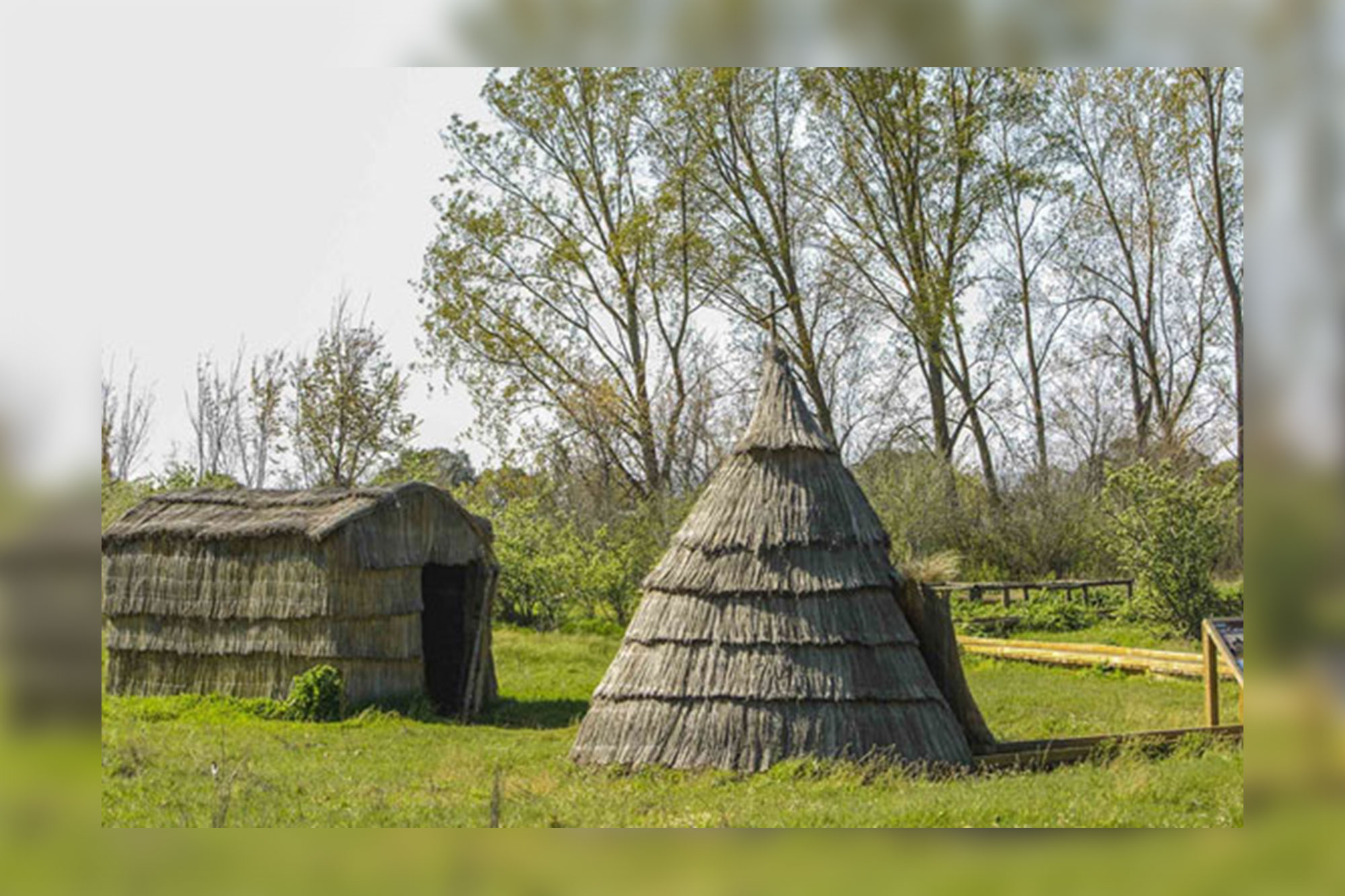
Empezando con los Parques Nacionales, tenemos el Parque Nacional de Cabañeros, declarado Parque Natural en 1988 y finalmente Parque Nacional en 1995. Se trata de un fantástico entorno agreste con especies mediterráneas vegetales (encinas, alcornoques, quejigos, peonías…) y animales (águilas imperiales, buitres negros, linces ibéricos, ciervos, corzos, gamos…).
Precisamente la existencia de cérvidos en su término es uno de los atractivos principales, ya que en época de celo llaman a sus parejas con un sonido característico que envuelve toda la zona en lo que se conoce como “época de berrea”. Su valor ecológico reside también en la pureza de los montes y bosques, mientras que uno de sus atractivos culturales son las características chozas o cabañas, refugios sencillos en forma de cono formados con caños y ramas de la vegetación local, donde los pastores y carboneros descansaban de forma temporal durante sus periodos de trabajo.
Aunque dar un paseo de forma libre, admirándose del bello paraje, es recomendable, nosotros te proponemos visitar algunos de los lugares cercanos que ofrecen actividades únicas. Por ejemplo, en algunas localidades cercanas hay museos explicativos sobre la fauna y flora del parque: el Museo de la Fauna se encuentra en Retuerta del Bullaque, y cuenta con una exposición permanente llamada Zoorama con información variada acerca de los animales que habitan en Cabañeros (abierto todo el año); los Museos Etnográficos de Alcoba y Horcajo de los Montes, que abren durante todos los fines de semana del año, son ideales para que conozcas la forma de vida pasada de los pastores y carboneros que vivían por la zona de Cabañeros; el observatorio de cigüeñas se localiza en el término del Parque, muy cerca de Pueblonuevo del Bullaque y Santa Quiteria (aldeas con escasos habitantes que se encuentran dentro de Cabañeros), y durante todos los días ofrece una panorámica perfecta de las cigüeñas que reposan para descansar de sus periodos de migración; finalmente, el embalse de la Torre de Abraham de Retuerta, al norte del Parque, tiene unas vistas preciosas desde su Mirador, de libre acceso.
Si lo que prefieres es recorrer los parajes que ofrece el Parque, las opciones son muy variadas: desde los Puntos de Información y Centros de Visitantes de las localidades cercanas averiguarás la información necesaria para las visitas guiadas. Los senderos a pie pueden realizarse en solitario o con guía, pero para recorrer más distancia es más práctico usar los 4×4 que conducen expertos guías-conductores. Hay muchas rutas posibles, como las de senderismo, las nocturnas de astroturismo, las de “birdwatching”, las rutas a caballo… así como rutas de enoturismo por las bodegas de los pueblos cercanos, actividades de kayak y baño en ríos cercanos (está prohibido bañarse en las aguas del propio Parque) o incluso talleres queseros para los más pequeños. Todas estas actividades se pueden realizar a lo largo de todo el año, con todo tipo de eventos distribuidos en primavera, verano, otoño e invierno.
La oferta gastronómica de Cabañeros no se queda corta: para no ensuciar el propio Parque, los pueblos de los alrededores ofrecen una amplia gama de bares y restaurantes con los que disfrutar de la fantástica gastronomía manchega; si lo que buscas es alojamiento, sus casas rurales, hoteles y cabañas te darán el mejor descanso posible rodeado del aire de naturaleza de Cabañeros.
Si tienes intención de visitar Alcoba de los Montes, Horcajo de los Montes, Navas de Estena o Retuerta del Bullaque, da un pequeño rodeo, reserva tu visita guiada y prepárate para descubrir el asombroso mundo natural que ofrece el Parque Nacional de Cabañeros.
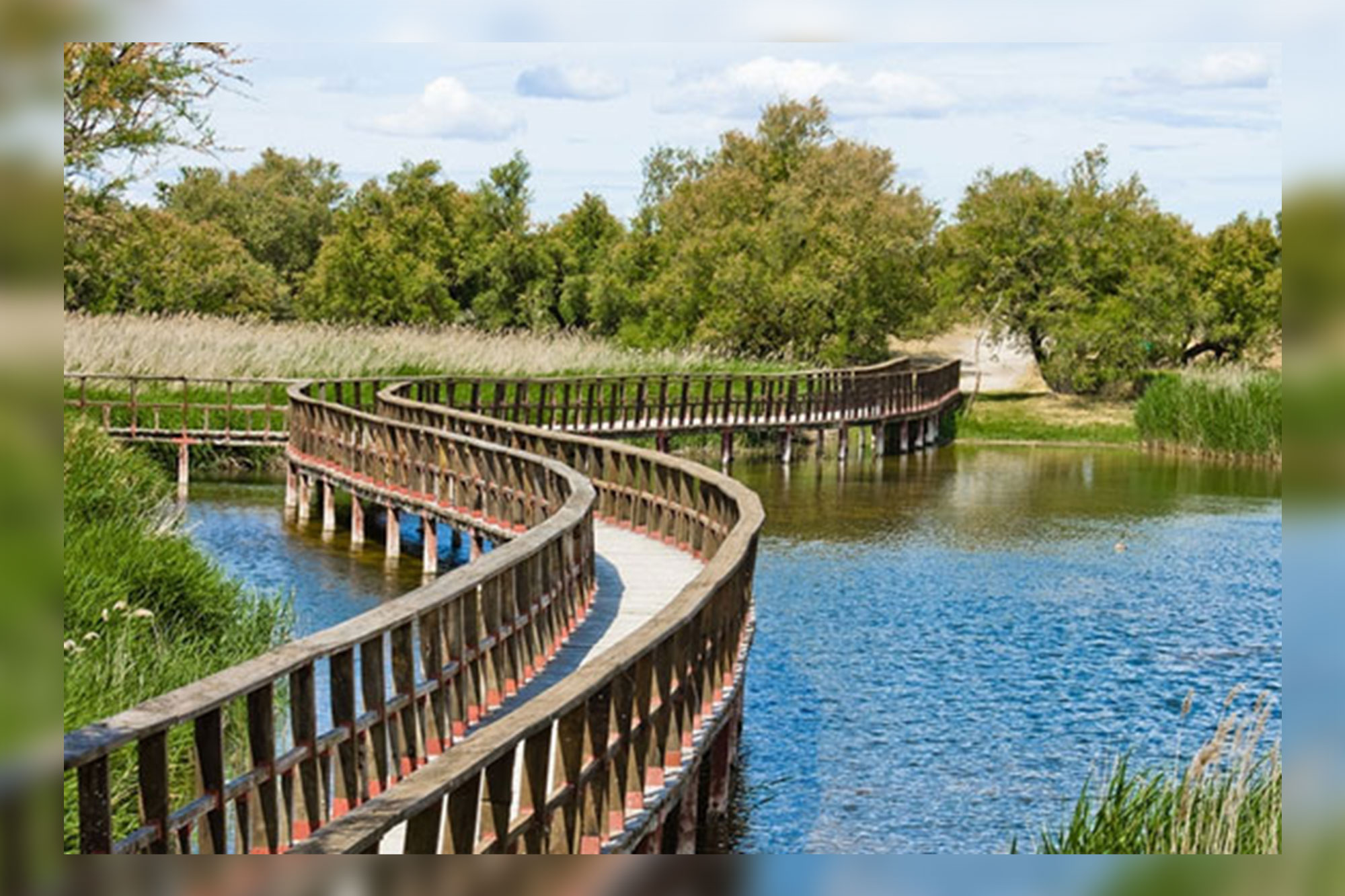
A 75 kilómetros de Cabañeros se encuentra el otro Parque Nacional: el Parque Nacional de las Tablas de Daimiel. Como su nombre indica, es un magnífico humedal en las cercanías de Daimiel, aunque también se puede hallar a poca distancia Villarrubia de los Ojos. Desde 1973 es Parque Nacional y desde 1981 es Reserva de la Biosfera.
Es un paraje único, un ecosistema poco habitual originado por la acumulación de las aguas desbordadas de los ríos Guadiana y Cigüela en una zona especialmente llana: a este tipo de humedal se les llama Tablas Fluviales, y las de Daimiel son de las mejor conservadas de toda la Península Ibérica y hasta de todo el mundo.
Por eso mismo su avifauna es única y disfrutarás conociéndola. Algunas son especies autóctonas que viven allí durante todo el año mientras que otras viven en periodos estivales específicos (primavera y verano, u otoño e invierno), destacando especialmente las variadas aves acuíferas: somormujos, gazas, patos, rállidos, aguiluchos, etcétera. Por otro lado, en las aguas cristalinas habitan nutrias, ratas de agua, erizos, ranas, culebras, lagartos, cangrejos de río y muchos peces como carpas o cachuelos. Respecto a las especies terrestres, destacarían otros mamíferos como el jabalí, el zorro, el conejo o la liebre. El centro de interpretación del agua, en la propia Daimiel, es un buen sitio que visitar para conocer más detalles de estas especies y de la historia del Parque, a partir de exposiciones temporales, conferencias y talleres.
Incluso si lo único que buscas es dar un sencillo paseo por el campo, el Parque te ofrece eso y mucho más. Sus rutas senderistas se pueden hacer en solitario, como el Itinerario de la Isla del Pan o el de la Laguna Permanente. El itinerario de la Torre de Prado Ancho también es precioso, pero solo en primavera, mientras que hay rutas que solo se pueden hacer reservando en los Centros de Visitantes un guía conductor que te lleve con un 4×4. Otra actividad que te recomendamos es el “birdwatching”, ya que desde ciertos puntos específicos la fauna de aves se observa de forma espectacular en los periodos de cría o emparejamiento.
Daimiel también ofrece una amplia oferta de restauración y de alojamiento para los visitantes: en sus restaurantes se puede degustar la mejor gastronomía típica, mientras que los mejores lugares de descanso rodeado de las estrellas son sus casas rurales, hoteles y cabañas, que te harán sentir veladas inolvidables.
Si estás preparado para maravillarte de las maravillas acuáticas que ofrece este embalse natural único en el planeta, el Parque Nacional de las Tablas de Daimiel es sin duda una de las mejores opciones turísticas para ti. Ya sea porque quieras visitar Daimiel o porque estés buscando aventuras en la naturaleza, debes poner un pie y visitar uno de los parajes de la Mancha más bonitos y atractivos imaginables.
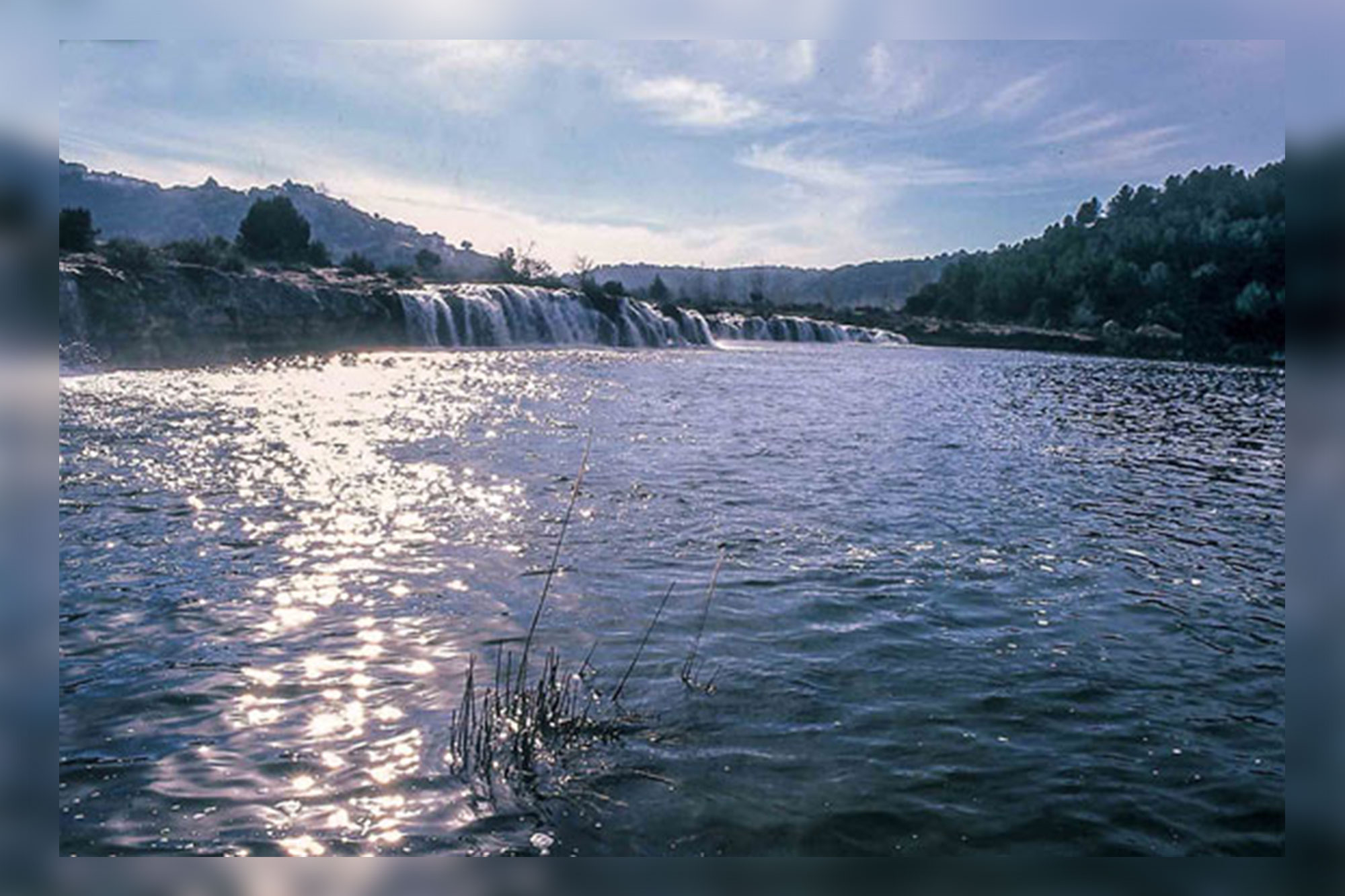
Después de los Parques Nacionales, debes descubrir lo que ofrecen los Parques Naturales de Ciudad Real. El primero es el Parque Natural de las Lagunas de Ruidera, que se encuentra como su nombre indica en el término del pueblo de Ruidera. También podrás acceder al Parque si visitas Alhambra, Argamasilla de Alba o Villahermosa, localidades en las cercanías de las Lagunas. Las Lagunas de Ruidera son un conjunto de 15 lagunas con un espectacular valor paisajístico y natural, por lo que se acabaron declarando Parque Natural en 1979 para proteger su entorno único. Este Parque se encuentra en los límites de Ciudad Real y Albacete, por lo que algunas lagunas están compartidas con la provincia vecina (específicamente las de la zona de la Ossa de Montiel)
Su Centro de Visitantes y sus salas de proyecciones te serán de ayuda para conocer la historia de las Lagunas y cómo se originaron a raíz del drenaje natural del Acuífero 24. Las lagunas tienen distintas alturas, haciendo que el agua pase de las más altas a las más bajas; el característico “ruido” que hace el impacto del agua es el que dio nombre al conjunto lagunar y al pueblo de “Ruidera”. Se pueden organizar en tres conjuntos: las “lagunas altas”, compuestas por la Blanca, la Concejo y la Tomilla; las “lagunas intermedias”, compuestas por la Tinaja, la de San Pedro, la Redondilla, la de la Lengua, la Salvadora, la de Santos Morcillo, la Batana, la Cueva Morenilla, la Coladilla y la Cenagosa; y las “lagunas bajas”, compuestas de la Colgada y la laguna del Rey. Salvo la Blanca, a Albacete pertenecen las altas y varias intermedias, mientras que en Ciudad Real se encuentran las bajas y el resto de intermedias.
Pero esta no es la única información que descubrirás. Allí sabrás que visitar las Lagunas es posible durante todo el año es posible, con visitas guiadas ofrecidas los jueves. Hay senderos a pie y otros más recomendables en 4×4 con conductores profesionales. Uno de los atractivos turísticos es el baño que ofrecen en los meses de verano: siete de sus lagunas tienen zona de baño y una pequeña “playa”, lugares que disfrutarás en solitario, en familia o con amigos remojándote y refrescándote en las horas de más sol. En invierno te recomendamos los paseos por los bosques cercanos, la pesca, el “birdwatching” y la observación de otra fauna y flora del término. Otras actividades destacables en las aguas de las lagunas son la navegación en vela, en kayak o en piragua.
La oferta gastronómica es muy amplia en las Lagunas. Gracias a sus numerosos lugares de restauración podrás descubrir lo que la comida de la comarca tiene que ofrecer. Por otro lado, el Parque tiene una oferta de camping para todos los gustos, de modo que contactando con el personal responsable podrás alquilar tiendas de campaña con las que deslumbrarte con el cielo nocturno. Hay que recordar que, entre las muchas normas del Parque, la acampada libre está prohibida.
Hay más atractivos además de estas actividades en las Lagunas. Además del humedal y su flora característica, otras plantas, flores y arbustos de gran belleza crecen en los bosques y montes cercanos, propiciando la aparición de una fauna fantástica que seguro querrás conocer: desde anfibios y reptiles (tritones, sapos, ranas, lagartijas, culebras…) hasta pequeños y grandes mamíferos (conejos, zorros, jabalíes, gatos monteses, musarañas, erizos, nutrias…), pasando como es normal por una gran cantidad de aves acuáticas, destacando el pato colorado, el porrón común o el ánade real. Hay muchísimas otras especies de aves como pueden ser el carricero tordal, el martín pescador, la garza imperial, el aguilucho lagunero, el búho real o el águila culebrera. Infórmate debidamente si deseas pescar por la zona, porque en gran parte de las lagunas está vedada esta práctica para conservar la piscifauna.
Los amantes de la naturaleza sabrán apreciar la gran riqueza que ofrecen estas maravillosas Lagunas. Si tú eres uno de ellos, viaja a Ruidera en cualquier día del año y acércate a descubrir el Parque Natural. Ya prefieras el baño, la pesca, el camping o el senderismo, seguro que este conjunto lagunar tiene algo que ofrecerte.
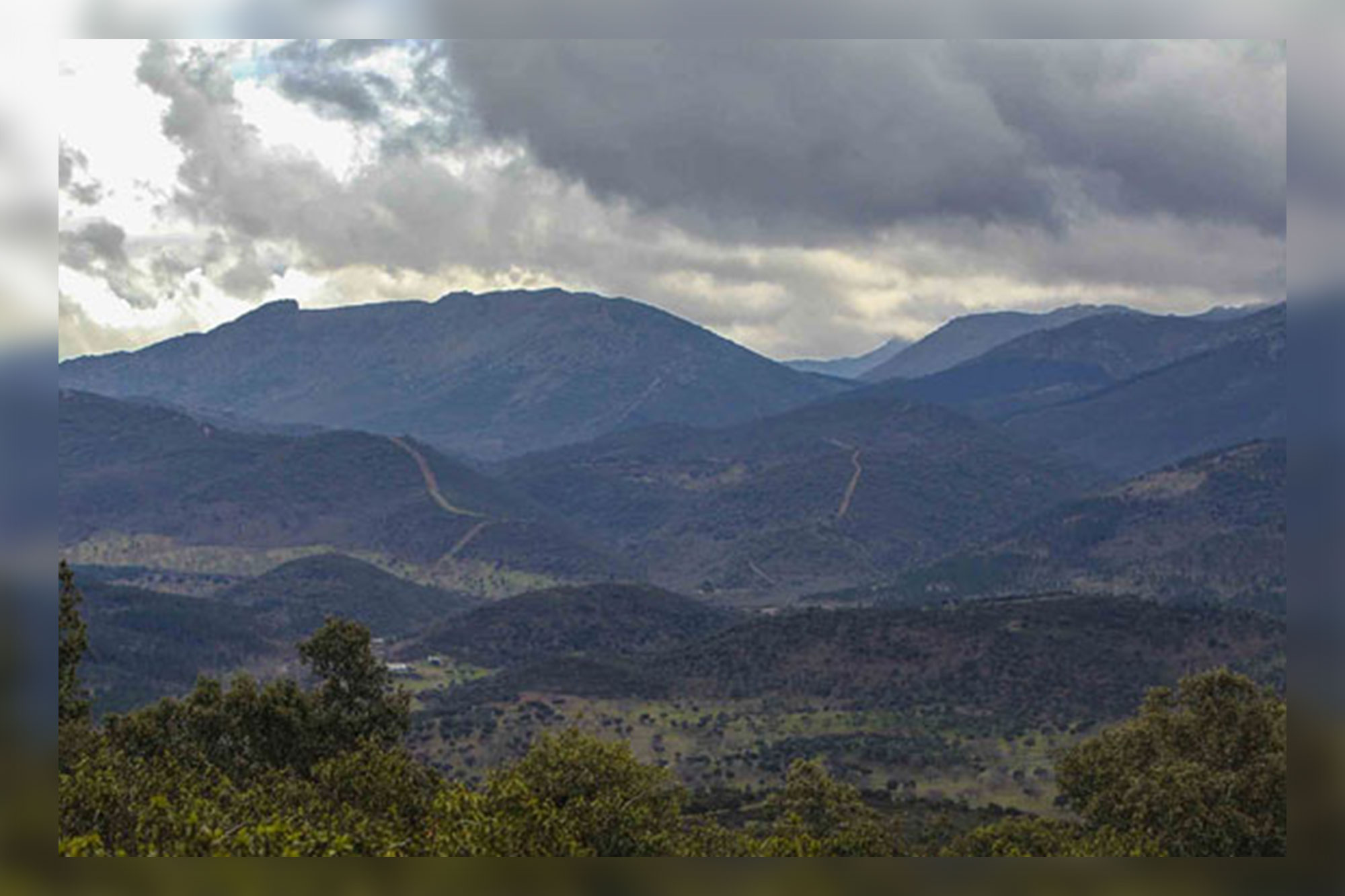
El último Parque de Ciudad Real es el Parque Natural del Valle de Alcudia y Sierra Madrona. Este extenso territorio natural, donde se engloban muchos pueblos ciudadrealeños como Almodóvar del Campo, Brazatortas, Cabezarrubias del Puerto, Fuencaliente, Hinojosas de Calatrava, Mestanza, San Lorenzo de Calatrava y Solana del Pino, fue declarado Área Crítica para especies protegidas en 2003, antes de convertirse en Parque Natural en marzo de 2011.
Si llegas a este lugar te sorprenderás de su increíble patrimonio natural, cultural e histórico, plagado de Patrimonio Arqueológico, de Arte Rupestre, Minero, de Trashumancia y Forestal. No es de extrañar que quieras maravillarte de elementos únicos como el Roble del Abuelo (Fuencaliente), los Castillejos Volcánicos de la Bienvenida (Almodóvar del Campo), la Laguna Volcánica de la Alberquilla (Mestanza) o el Volcán de Alhorín (Solana del Pino), sitios con interés propio que te harán descubrir la historia del término
Aunque puedes venir a este mundo apacible y atractivo en cualquier momento del año, dependiendo de la temporada su color te sorprenderá de formas distintas: en primavera y verano el verde más brillante poblará cada rama visible, mientras que con las lluvias de otoño e invierno el paisaje cobrará una tonalidad ocre, amarilla y roja que acompaña a la caída del sabroso fruto.
También te recomendamos que vengas al Parque en septiembre y octubre si eres amante de la fauna; los ciervos y su época de celo ofrecen unos días de misterio y de extraños sonidos que dan vida a los bosques. Para saber más de la “berrea” es recomendable pasear con ayuda de un guía. De entre las más de 275 especies de animales vertebrados que residen en la zona, también habría que destacar al buitre negro, al águila imperial ibérica, al águila perdicera, a la cigüeña negra, al lince ibérico, al lobo ibérico, al águila real, al alimoche, al gato montés, al meloncillo, a la gineta y a diversas especies de murciélagos. Como muchas de estas especies están en peligro de extinción, se cuidan y conservan en microrreservas repartidas por todo el Parque, como el Túnel de Niefla en Almodóvar y Brazatortas, la Mina de los Pontones en Mestanza o los Túneles del Ojailén en San Lorenzo de Calatrava. Podrás visitarlas si llevas mucho cuidado de no alterar el orden natural y de no amenazar la existencia de esta fauna amenazada.
Si lo que quieres es descubrir por tu cuenta el mundo que ofrecen el Valle de Alcudia y Sierra Madrona, basta con que recorras una de sus 18 rutas turísticas que recorren pueblos y reductos naturales del mejor interés. También puedes hacer rutas guiadas, como la conocida Ruta de Sisapo y los Castillejos Volcánicos, un sencillo a la par que espectacular sendero nocturno que concluye con una mirada a las estrellas (suele organizarse en septiembre). Precisamente es en Fuencaliente donde se ofrecen más actividades y zonas que visitar para los turistas, gracias a su área recreativa y a su fuente. Si has llegado al Valle por este pueblo sabrás apreciar la naturaleza en el silencio tan bonito y envolvente del mundo rural.
Los mágicos montes y prados de la zona de Alcudia se reúnen en este entorno protegido que con total seguridad te hará querer volver. Sus paisajes, su fauna, su flora y su riqueza patrimonial son solo algunos de los elementos que definen al Parque Natural del Valle de Alcudia y Sierra Madrona y que lo elevan como un destino turístico para los amantes de la naturaleza que no te puedes perder.
Son cuatro nombres que no se olvidan nunca: Cabañeros, Daimiel, Ruidera y el Valle de Alcudia. Son cuatro Parques únicos en el mundo con características muy diferentes pero un sentimiento de paz, sosiego y libertad compartido. Los Parques Nacionales y Naturales de Ciudad Real son, en resumen, un destino obligado si quieres descubrir lo que es realmente el valor natural que ofrece nuestro planeta, cuando se conserva en tan buen estado como en estos entornos protegidos.



